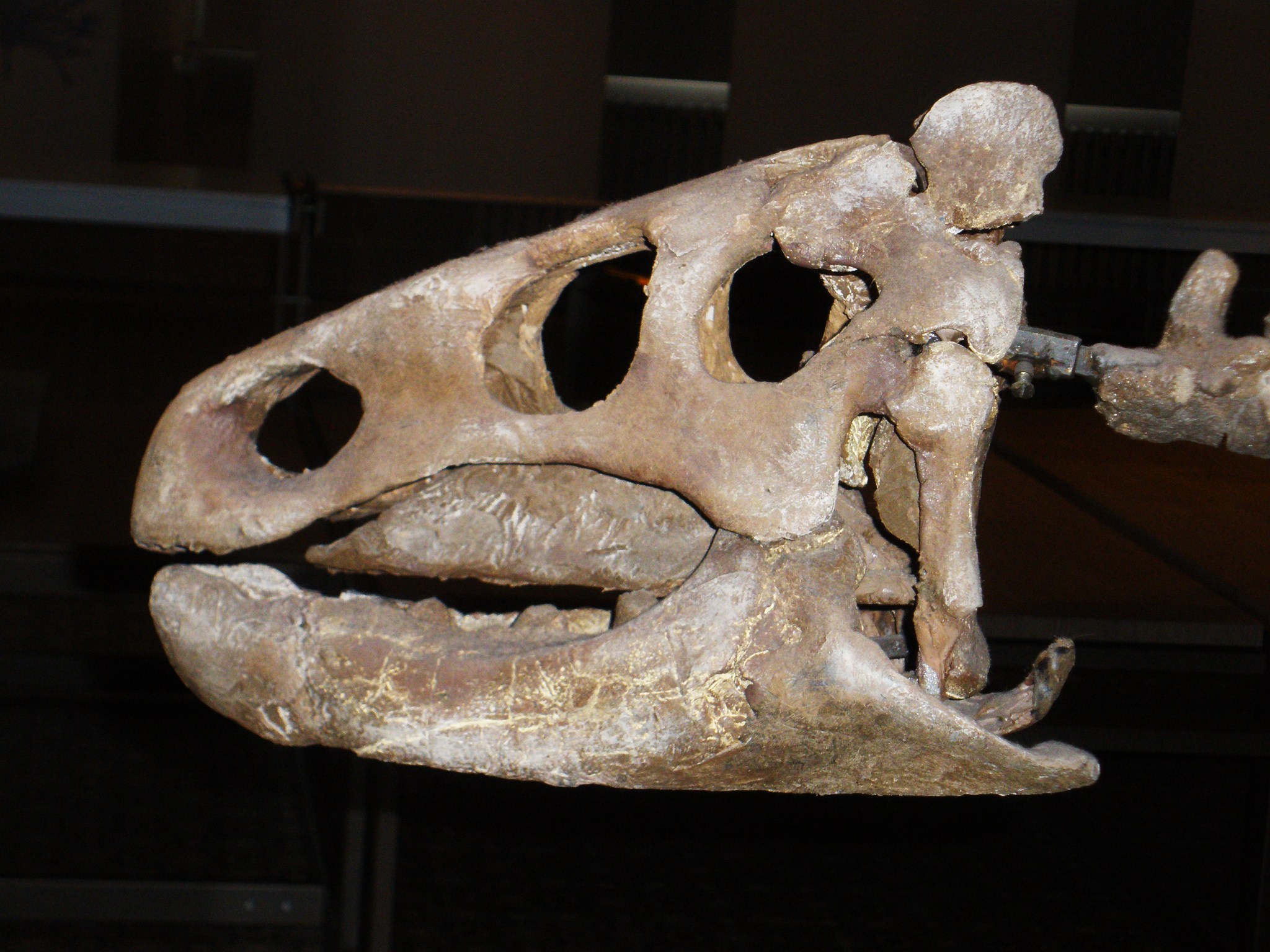|
Zalmoxes Shqiperorum 1
''Zalmoxes'' is an extinct genus of rhabdodontid ornithopod dinosaur from the Maastrichtian of Romania. The genus is known from specimens first named as the species ''Mochlodon robustum'' in 1899 by Franz Nopcsa before being reclassified as ''Rhabdodon robustum'' by him in 1915. In 1990 this name was corrected to ''Rhabdodon robustus'' by George Olshevsky, and in 2003 the species was once more reclassified, this time as the type species ''Zalmoxes robustus''. ''Zalmoxes'' refers to the Dacian deity Zalmoxis, and ''robustus'' to the robustness of the remains. In 2003 another species was named, ''Zalmoxes shqiperorum'', named for the Albanian name for Albanians. History of discovery ''Zalmoxes'' was first known from numerous fossils found in Transylvania, which were named as the species ''Mochlodon robustus'' by Baron Franz Nopcsa in 1899. The specific name referred to its robust build. In 1915 Nopcsa renamed the species as ''Rhabdodon robustum'', amended by in 2003 by David ... [...More Info...] [...Related Items...] OR: [Wikipedia] [Google] [Baidu] |
Maastrichtian
The Maastrichtian () is, in the ICS geologic timescale, the latest age (uppermost stage) of the Late Cretaceous Epoch or Upper Cretaceous Series, the Cretaceous Period or System, and of the Mesozoic Era or Erathem. It spanned the interval from . The Maastrichtian was preceded by the Campanian and succeeded by the Danian (part of the Paleogene and Paleocene). The Cretaceous–Paleogene extinction event (formerly known as the Cretaceous–Tertiary extinction event) occurred at the end of this age. In this mass extinction, many commonly recognized groups such as non-avian dinosaurs, plesiosaurs and mosasaurs, as well as many other lesser-known groups, died out. The cause of the extinction is most commonly linked to an asteroid about wide colliding with Earth, ending the Cretaceous. Stratigraphic definitions Definition The Maastrichtian was introduced into scientific literature by Belgian geologist André Hubert Dumont in 1849, after studying rock strata of the Chalk Group c ... [...More Info...] [...Related Items...] OR: [Wikipedia] [Google] [Baidu] |
Dacian Deities
The Thracian religion refers to the mythology, ritual practices and beliefs of the Thracians, a collection of closely related ancient Indo-European peoples who inhabited eastern and southeastern Europe and northwestern Anatolia throughout antiquity and who included the Thracians proper, the Getae, the Dacians, and the Bithynians. The Thracians themselves did not leave an extensive written corpus of their mythology and rituals, but information about their beliefs is nevertheless available through epigraphic and iconographic sources, as well as through ancient Greek writings. Origin The Thracian religion, and especially its creation myth and its pantheon, were derived from the Proto-Indo-European religion. The Thracian conceptualisation of the world, which held that it was composed of the four elements (Air, Earth, Fire, Water), is attested from the early Bronze Age, around the fourth millennium BCE, and was recorded in poems and hymns originally composed in the late Bronze Age du ... [...More Info...] [...Related Items...] OR: [Wikipedia] [Google] [Baidu] |


